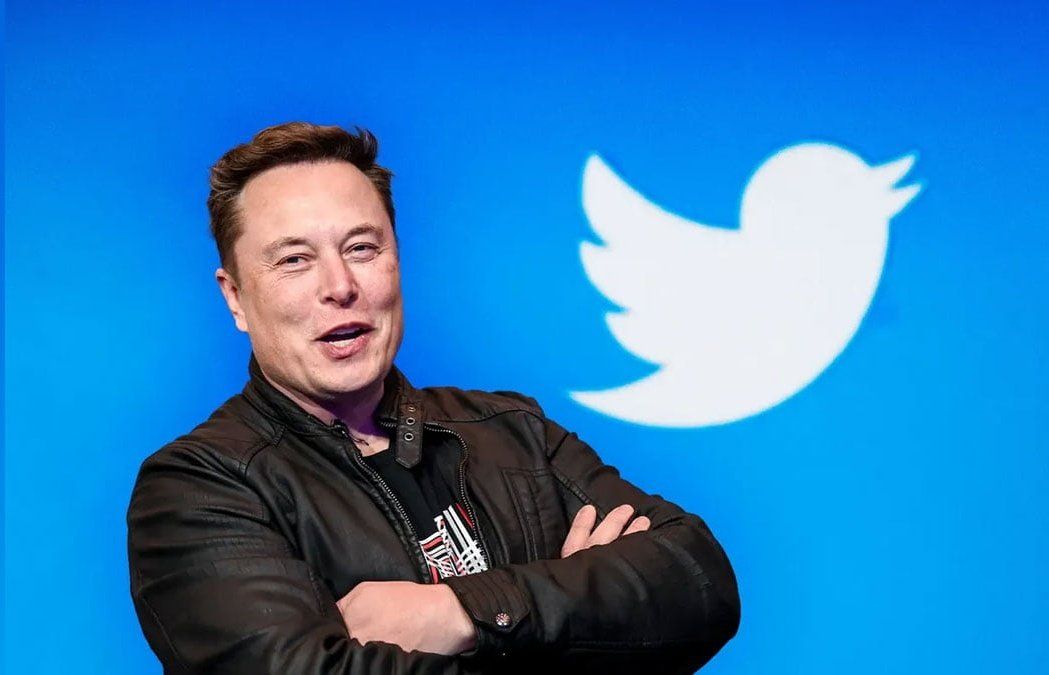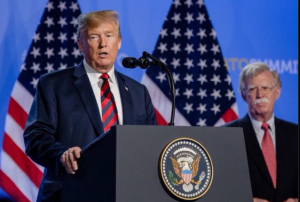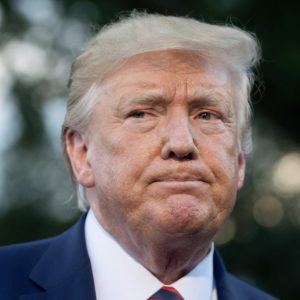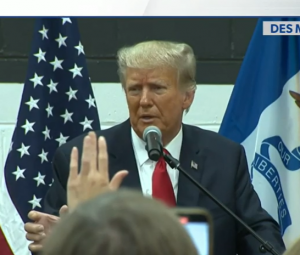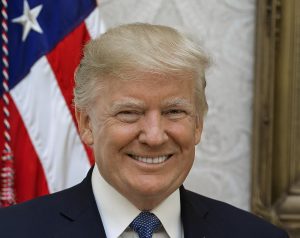Twitter has been added to Elon Musk’s extensive portfolio of businesses, which also includes Tesla and SpaceX. US media reported, citing sources familiar with the transaction, that the billionaire’s purchase of Twitter was completed on October 27, one day ahead of the deadline set by the court. He promptly fired important executives, including the CEO Parag Agrawal, sending a strong message that he wants to completely transform the social media company.
Here is a timeline of the turns and twists:
Also read: Did Elon Musk seek a 30% discount on Twitter deal before renewed bid?
January 31: Musk begins purchasing Twitter stock in almost daily increments, eventually acquiring 5% of the firm by mid-March.
March 26: Musk, who has 80 million Twitter followers and is active on the network, stated that he is seriously considering developing an alternative to Twitter and questioned if Twitter is stifling free expression and democracy. Additionally, he personally communicates with Twitter board members, such as his friend and fellow co-founder Jack Dorsey.
March 27: Musk begins discussions with Twitter’s CEO and board members about perhaps joining the board after confidentially telling them of his expanding position in the business. Later regulatory documents reveal that Musk also discusses acquiring Twitter or forming a rival.
April 4: According to a regulatory filing, Musk quickly rose to the position of Twitter’s top shareholder after acquiring a 9% interest, or 73.5 million shares, valued at roughly $3 billion.
Also read: Free speech absolutist Musk welcomes Kanye on Twitter after Instagram restricts rapper’s account
April 5: Musk is given the opportunity to join Twitter’s board of directors, but only if he holds no more than 14.9% of the company’s shares. “It became clear to us that he would bring great value to our Board,” CEO Parag Agrawal wrote in a tweet.
April 11: Twitter CEO Parag Agrawal declares that Musk will not, in fact, be joining the board.
April 14: Twitter discloses in a securities filing dated April 14 that Musk has made an unconditional offer to pay $44 billion for the firm.
April 15: In an effort to fend off a hostile acquisition, Twitter’s board unanimously adopts a “poison pill” defence in response to Musk’s offer on April 15.
April 21: Musk secures $46.5 billion in financing on April 21 to purchase Twitter. The Twitter board is being pressed into talks.
April 25: Musk agrees to buy Twitter for $44 billion and take the business privately on April 25. The outspoken billionaire claimed that he wanted to acquire and privatise Twitter because he believed it might be a more effective forum for free speech.
Also read: Elon Musk calls Ukraine Starlink outage claims affecting Russia pushback ‘bad reporting’
April 29: According to regulatory filings, on April 29, Musk sells around $8.5 billion worth of Tesla shares to help finance the acquisition of Twitter.
May 5: With almost $7 billion in commitments from a wide range of investors, including Silicon Valley powerhouses like Oracle co-founder Larry Ellison, Musk intensifies his offer to purchase Twitter.
May 10: In a clue at how he might reform Twitter, Musk says that after the uprising at the U.S. Capitol on January 6, 2021, he would lift the platform’s ban on former President Donald Trump. Musk calls the ban a “morally bad decision” and “extremely foolish.”
May 13: Musk stated that his purchase of Twitter is “temporarily on hold.” Musk stated that he needs to determine how many spam and spam accounts are present on the social media network. While shares of Tesla significantly increase, shares of Twitter declined.
June 6: Musk threatened to cancel his $44 billion purchase of Twitter, claiming that the firm had withheld information regarding its spam bot accounts from him.
July 8: Musk announced that he would withdraw his offer to purchase Twitter because the firm had not given him enough information regarding the number of spam accounts. To uphold the agreement, Twitter has threatened to sue Musk.
Also read: Elon Musk announces X the everything app: What is it
July 12: Twitter sues Musk on to push him to finalise the acquisition. Musk promptly files a countersuit.
July 19: The Musk-Twitter legal issue will go to trial in October, according to a Delaware judge.
August 23: A former Twitter head of security, Peiter Zatko said that the business had misled authorities over the quality of its cybersecurity defences and its carelessness in seeking to identify fake accounts that disseminated false information. Later, Musk uses the whistleblower as a fresh justification for terminating his Twitter deal.
October 4: Musk proposed to move through with his $44 billion acquisition of Twitter, which would put an end to the legal dispute. He also tweeted, “Buying Twitter is an accelerant to creating X, the everything app.”
October 6: According to Delaware Chancery Court Chancellor Kathaleen St. Jude McCormick, who issued the announcement, Musk has until October 28 to finalise the transaction. She warned that if he didn’t, the October 17 trial would instead be held in November.
October 20: According to The Washington Post, Musk informed potential Twitter investors that he intends to fire 75% of the company’s 7,500 workers.
October 27: Musk posts a video of himself walking into Twitter’s offices while carrying a kitchen sink, indicating that the deal will proceed. Musk assures sponsors that Twitter won’t turn into a “free-for-all hellscape.” The Tesla CEO also changes his Twitter bio to ‘Chief Twit’ on the social media as he completes Twitter acquisition. Musk fires CEO Parag Agrawal, CFO Ned Segal, Vijaya Gadde, the head of legal, policy and trust as well as Sean Edgett, who has been general counsel at Twitter since 2012.

